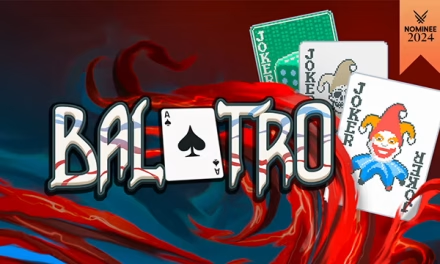In the fall of 2015 Rocketeer Joe Barnard had a goal: propulsively land a model rocket, a powered landing like in the movies or a Blue Origin or SpaceX landing. Last week he achieved his goal, and posted videos.

As the founder of Barnard Propulsion Systems (BPS), a small business making flight hardware for other amateur rocketeers, the twenty-something Nashville resident took on a challenge that was considered beyond amateurs. Or model rockets.
The key to propulsive landings is “thrust vectoring”, which enables control over the direction of a rocket’s engines during descent. This allows for changes to its trajectory and help stabilize the vehicle. The precision rocket engine, robotic hardware, and custom programming required are all very difficult to build and test.
On July 24, he announced that he had at last accomplished his goal to propulsively land a model rocket for the first time anywhere, offering a miniature version of SpaceX’s touchdowns with his vehicle “Scout F.”
Thrust vectoring requires throttling, or adjustments to the power of the rocket jet. All previous self-landing rocket projects have used liquid fuel, that mixes with an oxidizer and ignites. This process where oxidizer and fuel are meted into a combustion chamber means that liquid-propelled rockets can have their thrust tapered on and off with precision, like a throttle.
Since solid-fuel model rockets aren’t usually throttled, here’s the custom thrust control device he built from scratch. Much of the Scout F is 3D printed. Barnard had to use a machined aluminum engine and throttle because 3D printing wasn’t strong or precise enough for a 3000°F exhaust. (at least net yet)

Another unique component is the landing gear. Made from light carbon fiber rods, they are released by melting a rubber band with nichrome wire and fold into place with spring tension. They have to spring open with exactly the right amount of force to not disturb the trajectory too much. (in the video, notice how the Scout tilts a bit on landing then immediately bounces upright.)

To further complicating things, model rockets are not very steerable. Landing a full-size rocket requires the boosters to be able to turn and change direction during landing, ensuring that the body of the rocket stays upright. It turns out that for a model rocket, the same principle is needed on a smaller scale. Barnard ended up building his own custom control board and what he calls a “thrust vectoring mount.” It’s a small casing that fits around a rocket motor and rotates, to allow aiming in different directions with high-speed servos.
SpaceX took 14 years to get their vertical powered landing to work for the first time in 2015. Joe did it in 7, though with a considerably smaller rocket.
It’s interesting that Barnard’s launch happened on the anniversary of Apollo 11’s return to Earth.
Barnard celebrates his triumph then immediately begins outlining his new goals for the future. Joe’s next dream is to launch a rocket into suborbital space, meaning an altitude greater than 62 miles, and also teased the development of a larger rocket model and a mysterious project called the “Meat Rocket.”
“I’m not going to tell you what the Meat Rocket is,” Barnard said in the video. “It’s crazy.”
Joe wants a career in Aerospace and we hope a good company recognizes his amazing gifts and brings him onboard. The decision to hire him seems like it would be a no-brainer to us.
-30-
![]()
David Raiklen wrote, directed and scored his first film at age 9. He began studying keyboard and composing at age 5. He attended, then taught at UCLA, USC and CalArts. Among his teachers are John Williams and Mel Powel.
He has worked for Fox, Disney and Sprint. David has received numerous awards for his work, including the 2004 American Music Center Award. Dr. Raiklen has composed music and sound design for theater (Death and the Maiden), dance (Russian Ballet), television (Sing Me a Story), cell phone (Spacey Movie), museums (Museum of Tolerance), concert (Violin Sonata ), and film (Appalachian Trail).
His compositions have been performed at the Hollywood Bowl and the first Disney Hall. David Raiken is also host of a successful radio program, Classical Fan Club.













You must be logged in to post a comment.